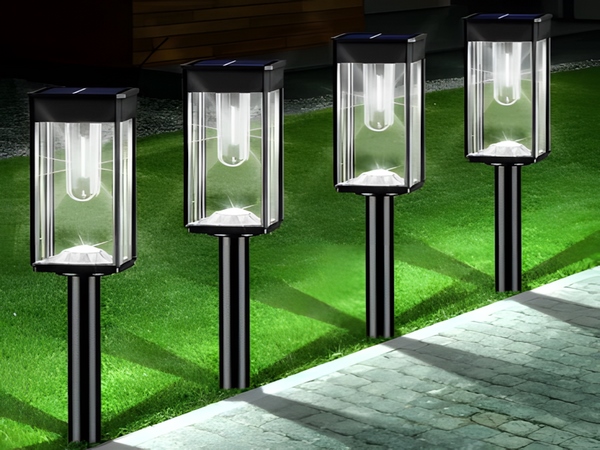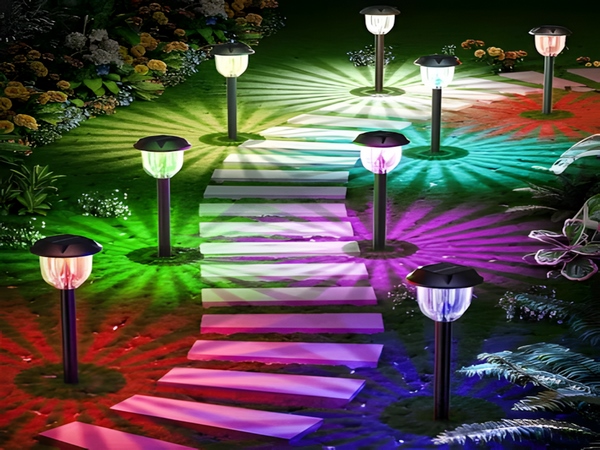
No matter when, solar street lights have a broad market prospect. The limitless potential of solar energy is a clean, efficient, and sustainable renewable resource. At the same time, using solar street lights is also a wise financial choice.
Generally, installed solar LED street lights utilize intelligent waterproof controllers with light control and time control features. With this device, after the installation of the solar street lights, we can manually control the switching times of the lights.
The solar street light controller is the core device in the street light system. It connects the solar panels, batteries, and the lighting source. When the controller detects that the voltage from the solar panel drops to a set level, it activates the light source of the solar street light. Once the set time (let’s assume it is 8 hours) is reached, it turns off the light source.

The solar controller has many functions; for instance, it can prevent issues such as battery overcharging and over-discharging, thereby avoiding damage to the batteries.
According to different requirements, the controller can be designed for light control or time control. Not only can the charging and discharging times of the batteries be controlled, but the intensity of the discharging can also be regulated.
Furthermore, due to varying environmental indicators at installation sites, the effective sunlight capture of solar street lights can be significantly affected. Researchers can also design the size of the batteries based on the required daily illumination time, the number of days lighting is needed, and the types of bulbs used, considering the electrical load.

Located in the renowned “City of Lights,” Bitpott, this is a professional manufacturer of outdoor lighting fixtures.



